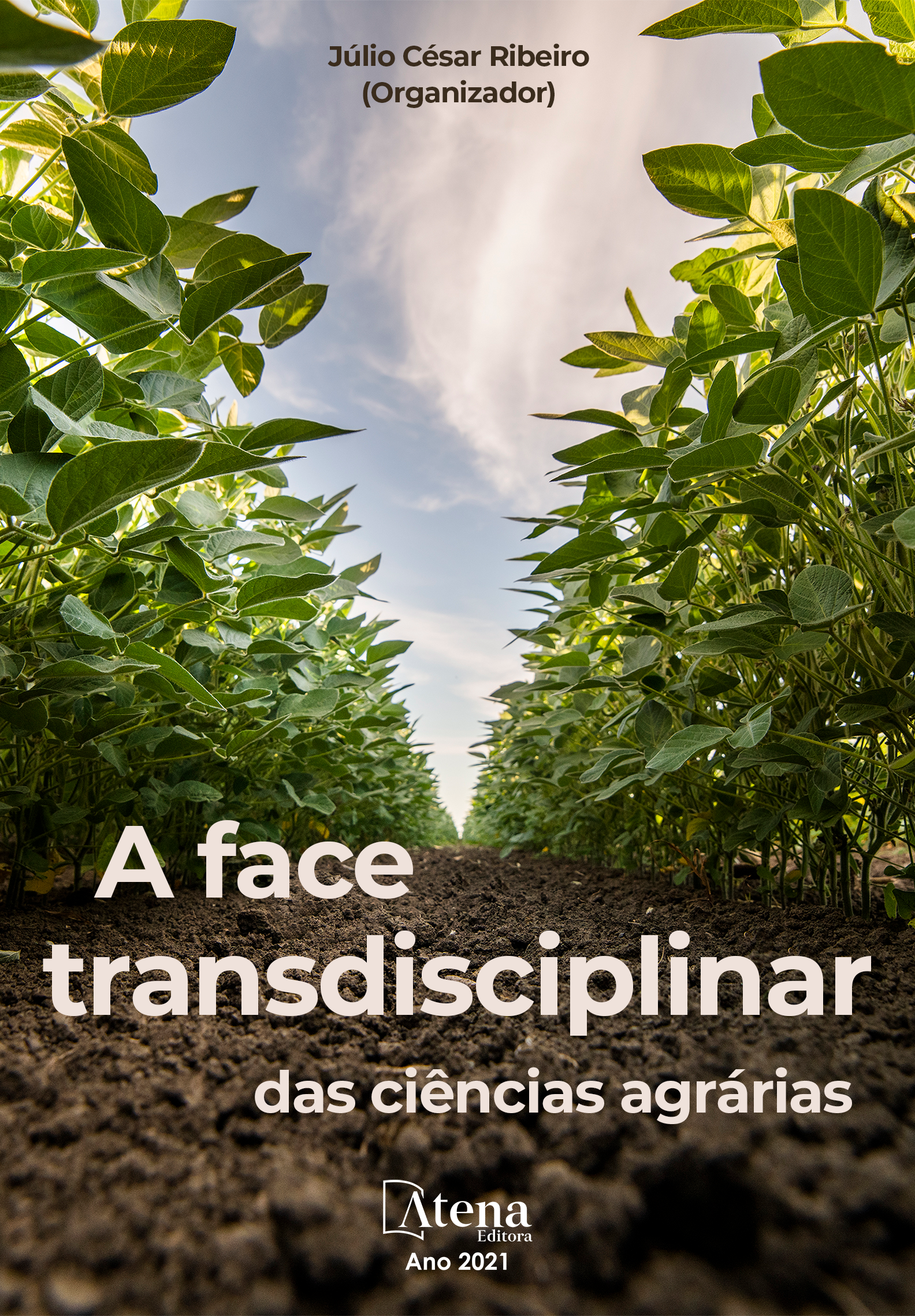
CULTIVO DA PITAYA : REVISÃO BIBLIOGRAFICA
RESUMO
A pitaya (Selenicerus undatus) fruto nativo da América Central, também conhecido
como fruta-dragão, vêm se popularizando nos últimos anos no Brasil, por ser bastante
exótica. Sua aparência chama a atenção por se tratar de uma espécie de cacto e
apresentar uma cor vibrante, geralmente rosa. O fruto apresenta um sabor doce, e
pode ser utilizado em várias receitas. Suas principais espécies são: Pitaya amarela
(Selenicereus megalanthus), encontrada na Bolívia, Colômbia, Equador e Peru. Pitaya
vermelha de polpa vermelha (Hylocereus costaricensis) encontrada na Nicarágua,
Costa Rica e Panamá. Pitaya pequena ou saborosa (Selenicereus setaceus)
encontrada na Argentina, Bolívia, Brasil e Paraguai, e Pitaya vermelha (Hylocereus
polyrhizus) nativa da América Central e do México. O fruto nativo da América Central
chegou no Brasil por volta dos anos 90, se destacando na região sudeste do país,
porém nos últimos anos as demais regiões estão se arriscando no cultivo do fruto. A
pitaya se torna ideal para ser cultivada em climas quentes e necessita de uma média
de 8 horas de luz solar direta. O melhor solo para o plantio do fruto são os arenoargilosos, a adubação da pitaya é baseada no cultivo orgânico, adotando-se
principalmente o uso de esterco. A temperatura ideal é de 18° C a 26°C, e com uma
média de chuvas anuais de 1200 milímetros, sua safra ocorre de Novembro a Abril. A
pitaya é uma planta trepadeira e, independente do sistema de condução escolhido,
será necessário o amarrio da muda com o uso de barbante ou fitilho para facilitar o
crescimento da planta no sentido do tutor. Necessita de irrigação nos períodos de
seca, a mais utilizada é a de gotejamento.
Palavra-chave: Selenicerus undatus, comprimento, cultivo.
CULTIVO DA PITAYA : REVISÃO BIBLIOGRAFICA
-
DOI: 10.22533/at.ed.91721100814
-
Palavras-chave: Selenicerus undatus, comprimento, cultivo
-
Keywords: Selenicerus undatus, length, cultivation
-
Abstract:
ABSTRACT
Pitaya (Selenicerus undatus), a fruit native to Central America, also known as dragon
fruit, has become popular in recent years in Brazil, as it is quite exotic. Its appearance
draws attention because it is a species of cactus and has a vibrant color, usually pink.
The fruit has a sweet taste, and can be used in several recipes. Its main species are:
Yellow pitaya (Selenicereus megalanthus), found in Bolivia, Colombia, Ecuador and
Peru. Red red-fleshed pitaya (Hylocereus costaricensis) found in Nicaragua, Costa
Rica and Panama. Small or tasty pitaya (Selenicereus setaceus) found in Argentina,
Bolivia, Brazil and Paraguay, and red Pitaya (Hylocereus polyrhizus) native to Central
America and Mexico. The native fruit of Central America arrived in Brazil around the
90s, standing out in the southeastern region of the country, however in recent years
the other regions are taking risks in the cultivation of the fruit. Pitaya is ideal for growing
in hot climates and requires an average of 8 hours of direct sunlight. The best soil for
planting the fruit is the sandy loam, the fertilization of pitaya is based on organic
cultivation, adopting mainly the use of manure. The ideal temperature is 18 °C to 26
°C, and with an average annual rainfall of 1200 mm, its harvest occurs from November
to April. Pitaya is a climbing plant and, regardless of the chosen conduction system, it
will be necessary to tie the seedling with the use of string or ribbon to facilitate the
growth of the plant in the direction of the tutor. It needs irrigation in periods of drought,
the most used is drip irrigation.
Keywords: Selenicerus undatus, length, cultivation. -
Número de páginas: 14
- CID TACAOCA MURAISHI
- SILVIA BARROSO GOMES SOUTO
- DAISY PARENTE DOURADO
- MARYANNA DE JESUS VASCONCELOS


